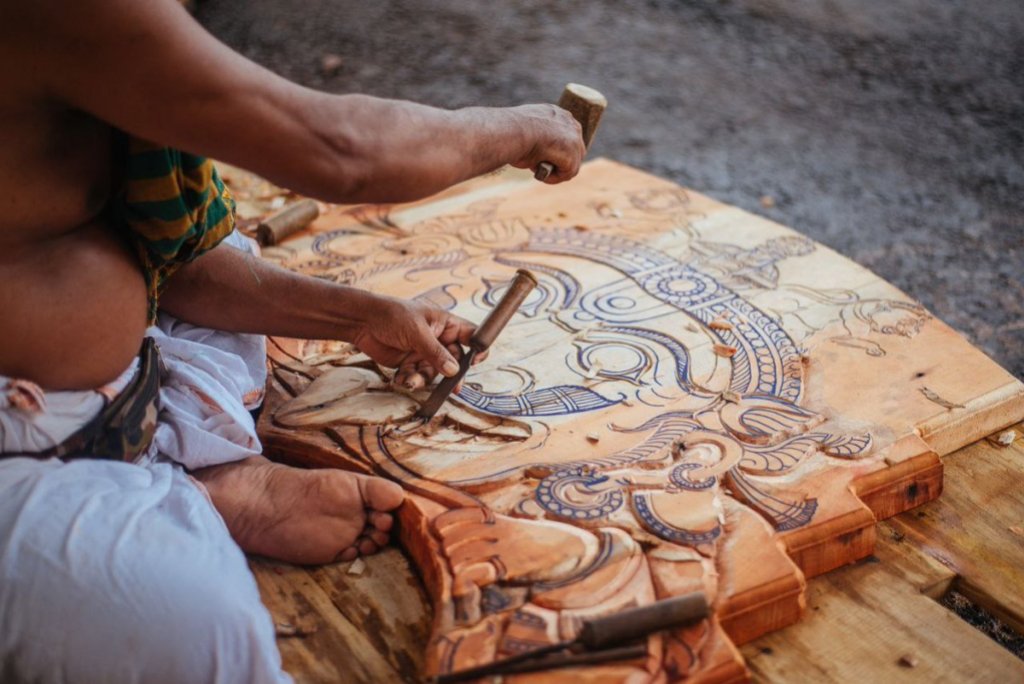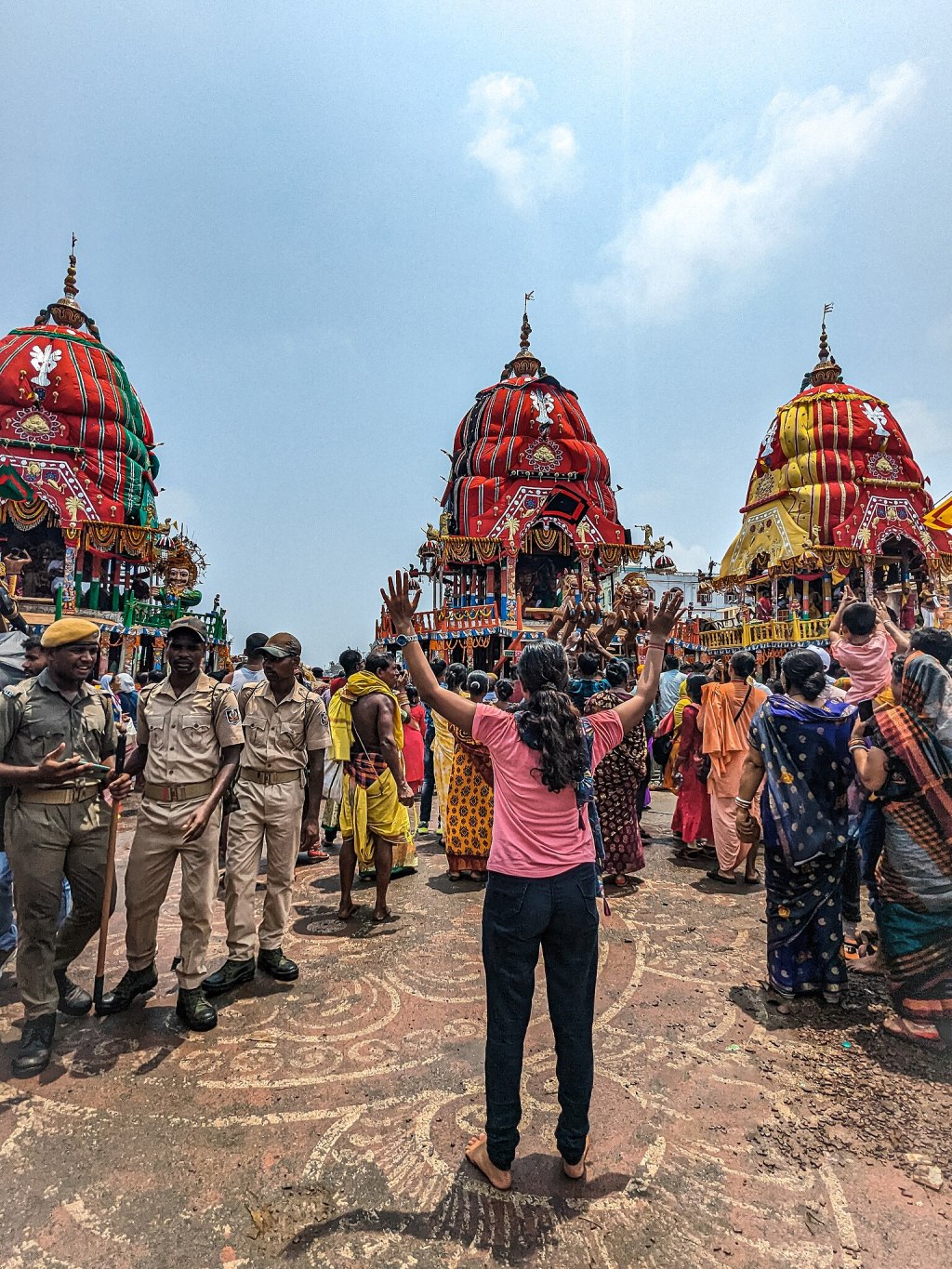Do you know that the English word juggernaut comes from the Odia-language word “ଜଗନ୍ନାଥ” (Jagannatha) and refers to the grand procession of three massive wooden chariots pulled by over a million people?
In the recent nine-day-long Ratha Jatra Ganasampadana 2023 on Odia Wikipedia and Wiki Loves Ratha Jatra 2023, organized by Odia Wikimedians User Group, the Odia Wikipedia and Wikimedia Commons were enriched with content and media related to Ratha Jatra, a major community, cultural and religious heritage in India. Participants of this sprint have uploaded over 285 images and videos to Wikimedia Commons apart from creating 11 new articles and improving many more on the Odia Wikipedia.

This edit-a-thon and photothon duo take after the 2016 Wiki Loves Ratha Jatra photothon, that saw a widespread Wikimedia community participation and collaborative visit to Puri to document the construction process of the rathas, the massive wooden chariots, as images and videos. Hundreds of artisans and workers work for months in a rigorous process to carve out really intricate rathas that resemble culturally significant elements, from deities to pillars to idols of animals, using traditional tools. The Nandighosa, the ratha for Jagannath who is the chief deity of this festival is approximately 45 feet high and 35 feet square.
Our User Group has been organising locally many edit-a-thons that are also organised nationally or globally, in addition to edit-a-thons that are of local interest. But in the past seven years, we did not manage to organise an edit-a-thon that is specific to an event as large as Ratha Jatra. I had proposed an idea to organise a media and article sprint this year and it was welcomed by the Odia Wikimedia community. Our nine-day-long edit-a-thon is symbolic to the nine-day-long festival, starting on the first day and ending on the ninth day. Though the original idea was to organise only an edit-a-thon we took forward the idea for a photothon that was proposed after the edit-a-thon began.

We saw a small subgroup of our community, five users, contributing in the edit-a-thon, two in jury and three creating articles and improving existing ones. Similarly, eight users contributed for the photothon, including five new users and an old user, Amar Barik, who returned after seven years. The photographs and videos they uploaded capture how the festival is celebrated in many different cities, from Johannesburg to Cooksville, US, to Indian cities of New Delhi, Hyderabad, Puri, Baripada, Keonjhar, Koraput, Nilagiri, Bhadrak, Angul, Kendrapara, Kalahandi and Sambalpur. While 281 photos and videos were uploaded during the sprint, many users continue to upload more media beyond this event. Since many of the government officials and departments were posting from official social media handles, we also used the Twitter to Commons tool, created by Odia Wikimedian Jnanaranjan Sahu, to import images to Commons. The provincial government in the Indian state of Odisha has been re-licensing content on some of their websites and social media handles since 2017 under Wikimedia-compatible Creative Commons licences.

This sprint gave us a great excuse to document the diversity about this unique festival and many locally relevant and related topics, and encouraged us to plan an in-person and a larger event for next year. There are many articles in different Wikipedias that need improvement and many notable articles related to Ratha Jatra also do not exist. We also plan to reach out to more communities inviting them to join us next year.

Can you help us translate this article?
In order for this article to reach as many people as possible we would like your help. Can you translate this article to get the message out?
Start translation